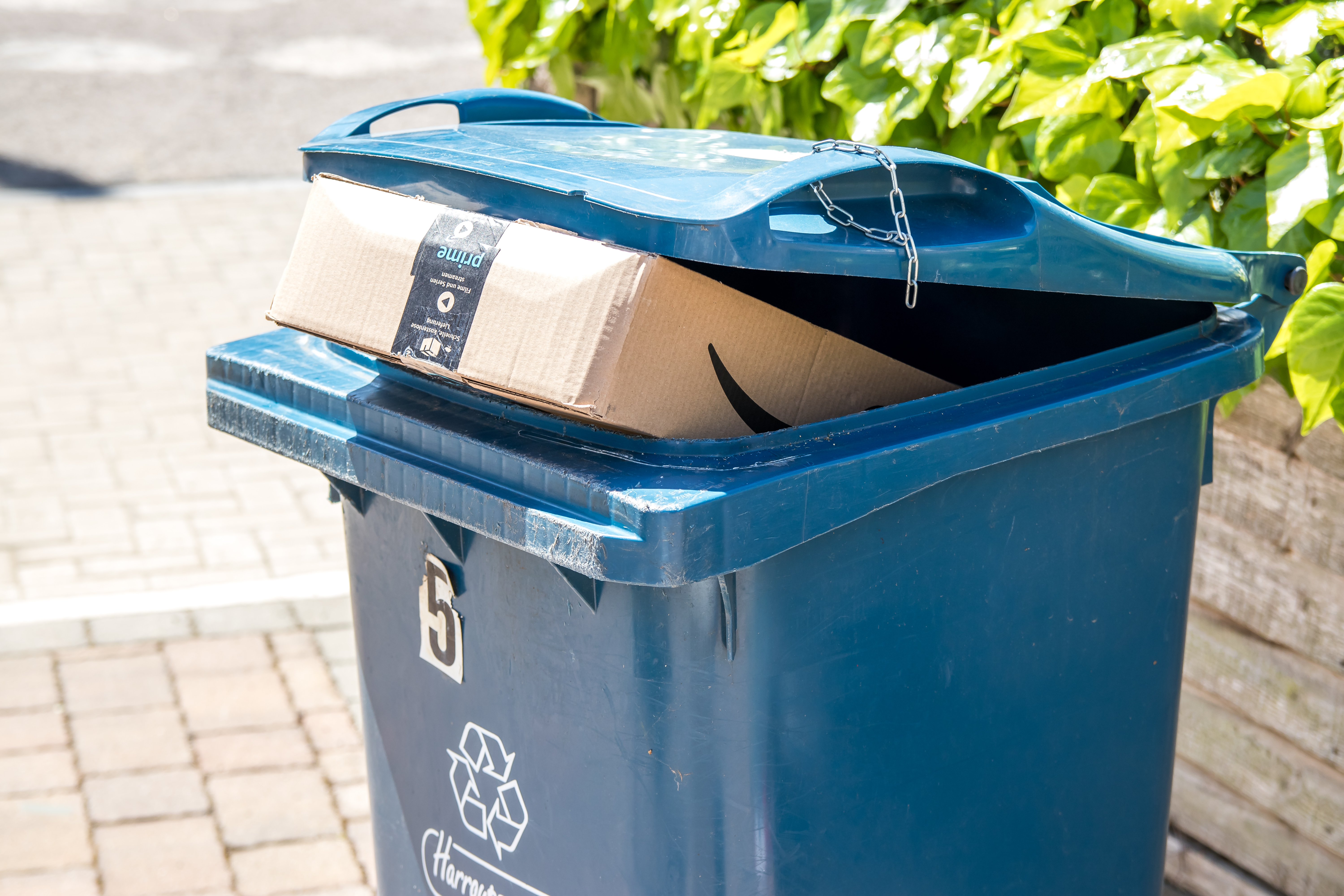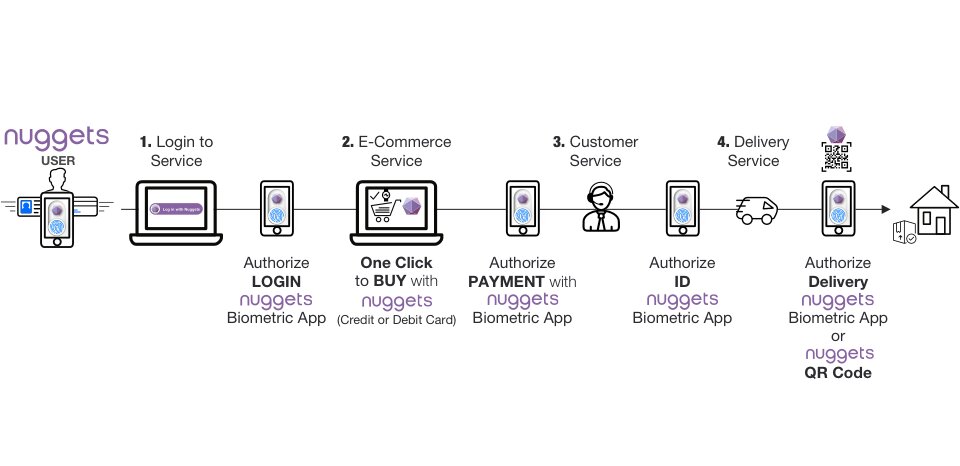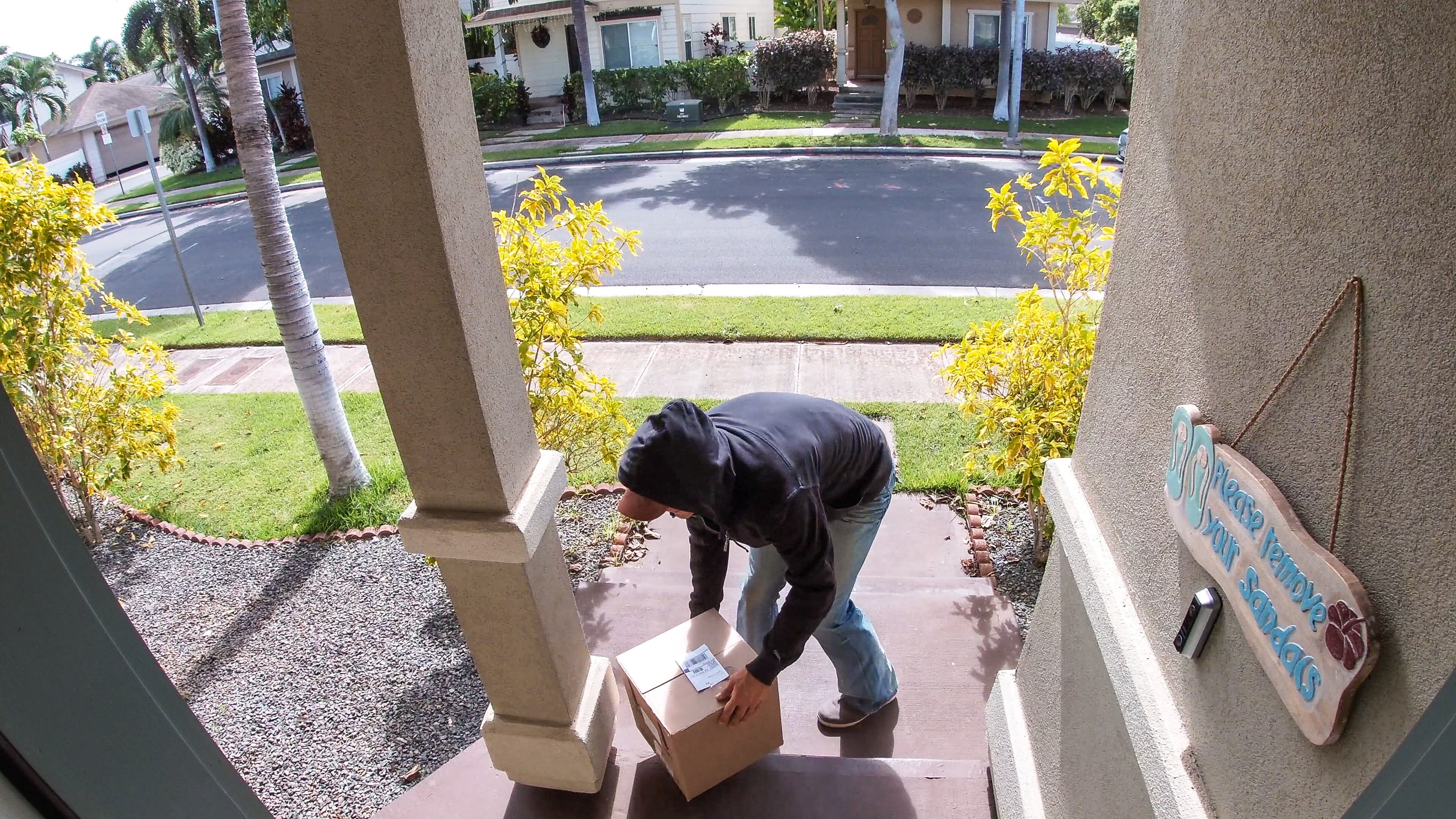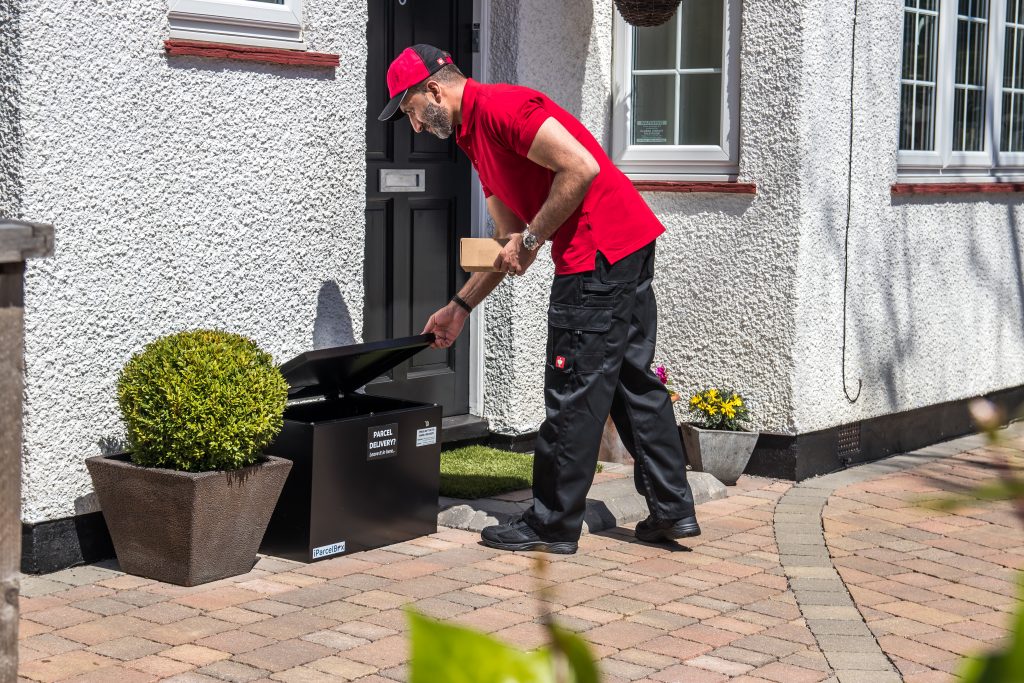The Covid-19 outbreak has changed many aspects of people’s daily lives. This has included how parcels are delivered to us, as couriers began to carry out contactless deliveries to ensure the safety of staff and the public.
As the shops closed their doors, many turned online, which led to a huge growth in the number of parcels being delivered. According to identity data intelligence company GBG, during lockdown online sales surged to the same levels we expect to see during Cyber Monday, and persisted at those levels for 10-12 weeks, with numbers still high.
Alongside this, the industry has seen anecdotal evidence that parcel fraud and theft has also grown. If evidence of proof of delivery isn’t obtained, some customers are claiming they didn’t receive their parcel and getting refunds on goods they did, in fact, get. Others, meanwhile, are having parcels stolen from their doorsteps before they’re able to collect them.
A growing problem
“Due to Covid-19 and the increase in contactless delivery, signing for packages as a precaution against package theft is no longer a viable option,” says Nathan Richter, senior partner at Wakefield Research, which has carried out research into parcel theft in the USA. “Contactless delivery creates greater potential for not only package theft, but also fraudulent claims that packages were lost or never delivered.”
It’s worth noting that this isn’t a new problem, and won’t disappear when the pandemic ends. These last-mile delivery challenges have been plaguing the industry for some time. According to data obtained by smart home parcel delivery solution provider iParcelBox, over the past three years doorstep parcel thefts in the UK alone have risen by 22%.
Meanwhile, in the USA a 2019 C+R Research study revealed that 36% of Americans have had a package stolen, with Wakefield Research data highlighting that those living in cities are at highest risk.

Combating parcel fraud
Unfortunately, when any new process is introduced, it will inevitably lead to attempts to exploit these changes by opportunistic fraudsters. But without a way to verify if the package was successfully delivered, couriers have few ways to distinguish between fraudulent claims and genuine package theft.
In response to this problem, delivery firms are starting to look at solutions that they may not have even heard of this time last year, and are working with innovative startups.
Route, which offers an app that automatically connects all customers’ orders from different retailers, enabling them to visually track all packages, has developed a solution that detects if a package is wrongfully reported as stolen.
Then there’s Nuggets’ remote identity verification platform, which uses blockchain technology to enable contactless delivery with doorstep verification. Couriers send a notification to the parcel recipient, who then uses Nuggets’ biometric authentication feature to confirm their identity and that they’ve received the package.

“The courier, as the middleman, simply connects the merchant and customer at the point of delivery and creates a digital record that confirms that the person taking receipt is the person who ordered and paid for
the parcel,” says Alastair Johnson, founder and CEO of Nuggets. “By using verified digital ID tied to deliveries, the courier company can simply deliver to wherever you are, further alleviating fraudulent chargeback costs and also the redelivery charges levied when having to redeliver parcels.”
GBG’s location intelligence solution, Loqate, is also designed to prevent parcel fraud, this time by ensuring contact information such as addresses, emails and phone numbers are not purposefully inaccurate or fabricated.
“These datapoints, along with IP addresses for example, can be used to generate a fraud or risk score based on whether previous fraud is associated with the information provided,” says Matthew Furneaux, director of location intelligence at GBG. “Doing this before a parcel is ever dispatched is perhaps the best way to drive down parcel and delivery fraud.”
Fighting the porch pirates
Parcel theft is a different type of problem couriers must deal with, and one that can be tough to prevent. Experts like Ben Stickle, an associate professor of Criminal Justice Administration at Middle Tennessee State University in the USA, believes this is because the perpetrators – who have become known as ‘porch pirates’ – are a mix of opportunists and ‘true’ criminals. Stickle worked as a police officer for six years before moving into academia and research, giving him a unique insight into the problem.
“My feeling is that there are both opportunists and individuals that plan thefts,” he notes. “In videos of parcel thefts, you might see kids walking home from school, notice a parcel as they walk by, then suddenly turn back, run up, grab it and leave. Other times you might see someone in a delivery jacket walk up to a porch and pick up a package. That’s more calculated, and this mix is one of the things that makes this crime very challenging to prevent.”
Many argue that parcel theft should be lower since lockdowns began, as more people have been at home. However, Stickle notes that in reality packages are often left unattended for a lot longer as our routines have been interrupted.
In a recent report he authored, he highlighted that the routine of collecting packages when returning home from work or school may have changed, and that people working from home may be too distracted or busy to retrieve their packages quickly. He also noted that concern over Covid-19 contamination may mean some people deliberately delay picking up their packages for hours or even days: “I saw people in my neighborhood who would leave packages on their porch for a day or more to make sure any signs of the virus would be gone.”
The US Postal Inspection Service (USPIS) notes that two of the greatest weapons for minimizing the risk of package theft are education and prevention of opportunity. With this in mind, its website offers tips and strategies for customers to protect themselves, highlighting simple ideas such as removing packages as quickly as possible and requesting packages are left out of sight, or in a container outside the home.

Ensuring secure home delivery
Many couriers recommend customers use parcel lockers, but what about the 82% of respondents from 2019’s NetDespatch report who still prefer their goods delivered to their home address?
“Many delivery services now offer mobile and email updates to alert shoppers of their package status,” says Collin Czarnecki, a researcher and content creator at Digital Third Coast, which represents C+R Research. “From alerts when a package leaves the warehouse and is put on a truck for delivery, to anticipated delivery times and notifications, consumers are able to participate in the package-tracking process.”
We contacted multiple courier companies regarding their solutions, but the majority declined to comment. However, they’re already publicly sharing information about the services they offer, including USPS’s Informed Delivery service, where preview images of mail are available so that people can manage incoming packages, and FedEx’s Delivery Manager, which enables the tracking of packages and vacation hold requests.
In the USA, Amazon’s Map Tracking lets customers view the progress of their delivery on a map in real time when the driver is close, and see the remaining number of stops before their delivery finally arrives. It also offers a Photo-On-Delivery service, where the driver will take a photo to confirm the package has been delivered and where it was placed.
In addition, Amazon’s Estimated Delivery Window service provides customers with a two- to four-hour delivery window, so they can ensure they’re available to bring in their package straight away. There’s also Share Tracking, where tracking information can be sent to friends or family, “so they know when to expect the package and bring the delivery indoors”, says Timothy Carter, Amazon PR manager.
Innovative solutions
A wide range of new solutions are appearing on the market, often aimed directly at consumers. We’ve seen development of smart locks, which Last Mile Experts’ managing partner Marek Róz˙ycki explains can “power in-house delivery, meaning parcels are delivered inside the home instead of being visible from the street”, as well as doorbell cameras, motion lights and secure parcel boxes.
“We created a secure solution where the driver can unlock the empty box by simply pressing a button, pop in the parcel, close the lid and then it’s locked. This is a preventive measure that takes away the thief’s opportunity,” says Paul Needler, CEO of iParcelBox – the provider of the secure parcel delivery solution of the same name.
Needler says there was a gap in the consumer market that iParcelBox has been able to fill, but he would love to work more extensively with the logistics industry. This is already underway, as Hermes has an iParcelBox at its Leeds Innovation Lab. “There’s an opportunity for a collaborative approach to solving the problems of parcel fraud and theft,” he points out.
Stickle echoes this sentiment, highlighting that a lot could be learned from the data that couriers hold relating to fraud and theft. “I’d love to work with companies willing to share their data around this,” he enthuses. “Do they know if a parcel was delivered to the wrong resident? Was it lost? Stolen? Was it an internal theft by an employee? Was it fraud by the customer? By getting more details and being able to look into this more deeply, we can better understand – and prevent – parcel theft and fraud.”
This article was originally published in the September 2020 issue of Parcel and Postal Technology International


